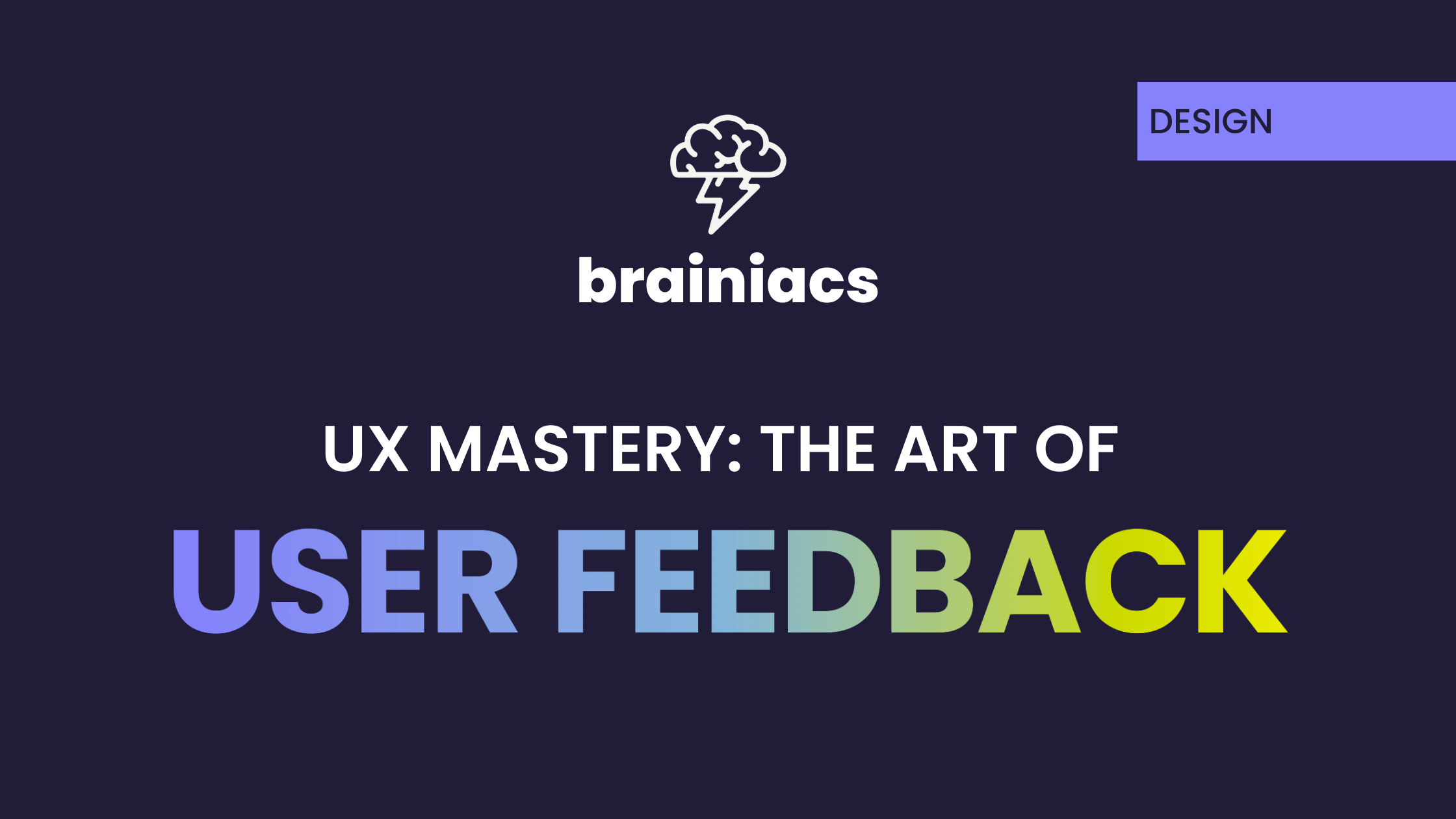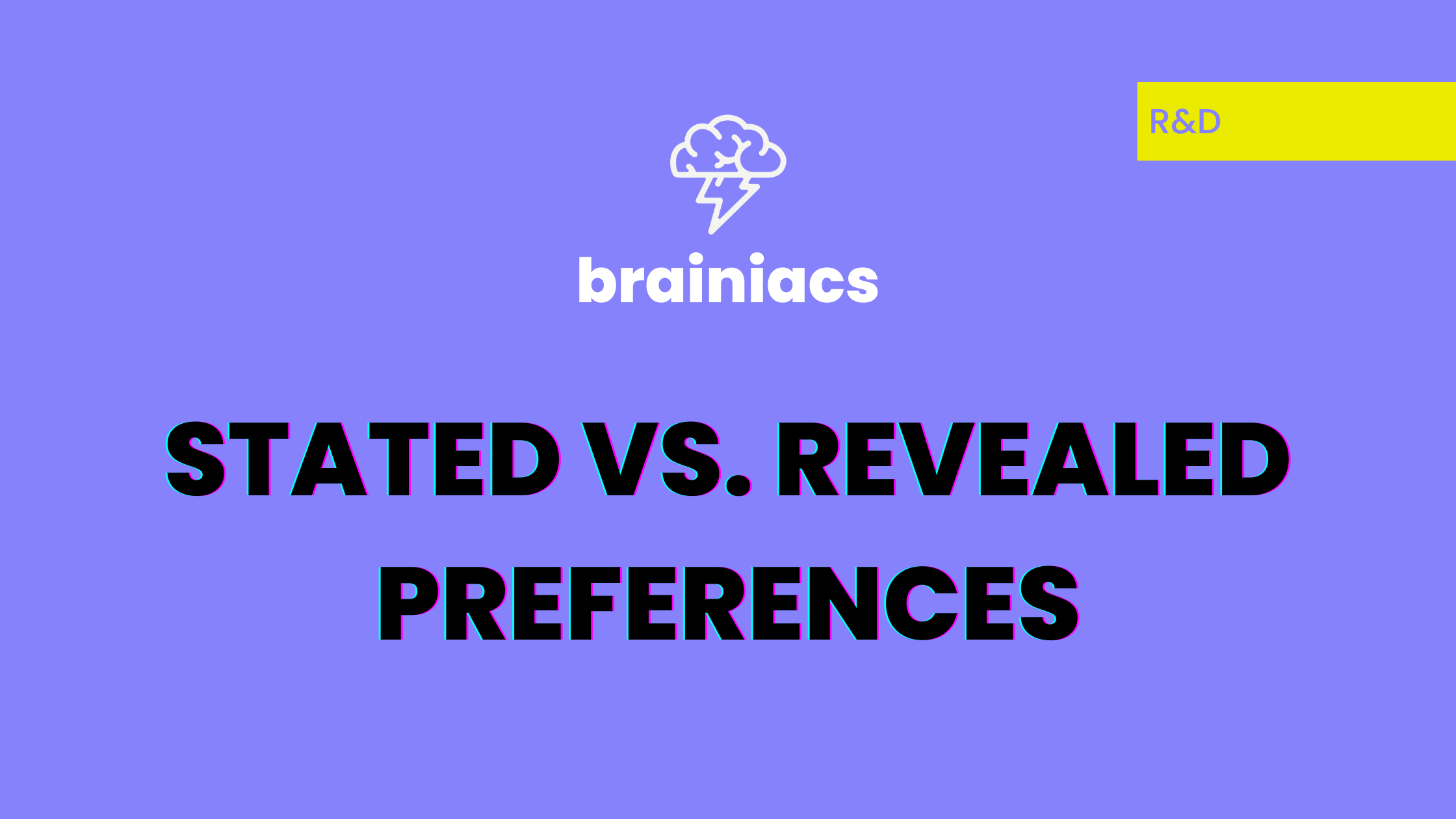UX mastery: the art of user feedback

On October 10th, 2023, at the Intersection Conference in Turin, Cindy Alvarez, Director of User Experience at PowerPoint, delivered a speech on the art of gathering meaningful user feedback. In her presentation, she shed light on the complexities and nuances of this aspect of design. Let's delve into the insights she shared.
As designers, we heavily rely on user feedback, whether through interviews, surveys, or usability testing. It helps us fine-tune our creations and ensure they meet the users' needs. However, Cindy emphasized that the way we gather this feedback is crucial because it can inadvertently steer the conversation in a direction that suits our objectives, even if unintentionally.
Obstacles and challenges
One of the obstacles in gathering genuine feedback is the "social desirability bias”. People tend to provide answers that they believe will be positively received by others. This can lead to them downplaying negative aspects and exaggerating positive ones, which isn't always helpful for designers. Cindy made it clear that users don't want to hurt our feelings, and they may not readily tell us that our designs are flawed.
Moreover, she introduced the principle of "recognition rather than recall". Instead of asking: "Do you remember if you encountered this issue?" (recall), designers should ask, "Tell me about the last time you faced this problem" (recognition). This approach prompts users to share real experiences, providing more valuable insights.
Strategies for gathering genuine user feedback
She also shared a few practical examples to illustrate her points.
Firstly, she advised avoiding simple YES/NO questions because they often lead to right or wrong answers, making users feel cornered. Open-ended questions, on the other hand, encourage users to express themselves more freely.
When considering new functionalities, Cindy cautioned against asking if they would be useful. Instead, she recommended asking users to elaborate on how they would use these features. If the response remains vague, with a simple "It would be nice," it's a signal that the feature might not be necessary.
Cindy's golden rule in gathering user feedback is to keep saying: "Tell me more". It's through this pursuit of deeper insights that you truly understand your customers' behaviors and feelings.
Conclusion
In conclusion, Cindy Alvarez's speech at the Intersection Conference served as a powerful reminder of the significance of user feedback in the design process.
By employing strategies that mitigate biases, encourage genuine experiences, and actively seek user perspectives, we can craft products that better meet the needs of our audience. The journey to uncovering the unspoken is paved with open-ended questions, a sincere interest in the user's real experience, and a commitment to designing better solutions.

